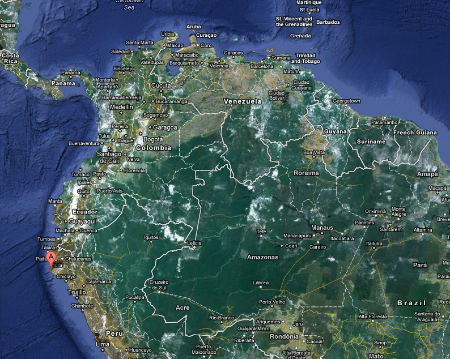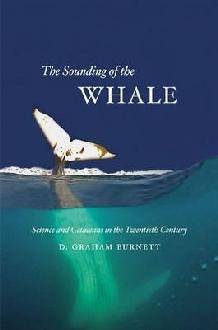There are some very confusing and contradictory stories coming through about the mass strandings going on in Peru. I have done some digging and this seems to be the best source for information https://lists.uvic.ca/pipermail/marmam/2012-April/004248.html
I’ve highlighted some of the main points below:
Numbers are always uncertain in these cases but it sounds like several hundred animals have washed up in the last month, with still more coming in. The strandings have taken place on the southern border of Illescas National Park, in Piura state.

There are 2 species involved, Long beaked common dolphin (Delphinus capensis) and Burmeister’s porpoise(Phocoena spinipinnis). Unoffical figures put strandings numbers as high at 3000 animals (these figures may be taking a larger area and/or time frame in to account), although these more offical figures show less with dolphins have taken by far the largest hit of around 600 dead animals, with numbers of porpoises being much lower at around 20 animals. They are all in various decomposition states but they all seem to have washed up with in the last 5 weeks.
The necropsies performed on site show two main causes of death (although they are waiting for further results, so this isn’t conclusive yet), most of the results seem to be leading towards a potential epidemic outbreak of morbillivirus brucella (which has been linked to many mass stranding events, including in Europe in the 90s) with some animals showing signs of acoustic impact and decompression syndrome.
In related but other news, the Cape Cod strandings Cape Cod strandings finally easing seems to still be dwindling on (even though the end of the mass stranding has been announced), but sadly still no results.
So far no patterns have emerged, but the many lab analyses will take months to complete, we may yet find one.
Source: http://www.ifaw.org/us/news/stranding-update-no-patterns-depleting-resources-yet-teamwork-still-prevails





